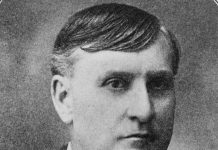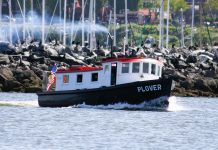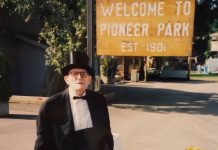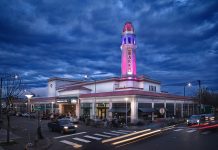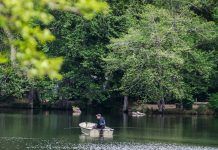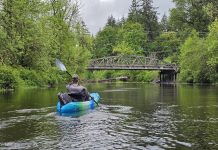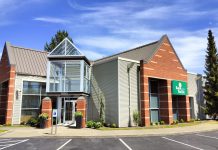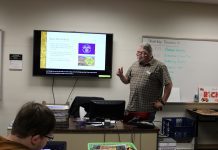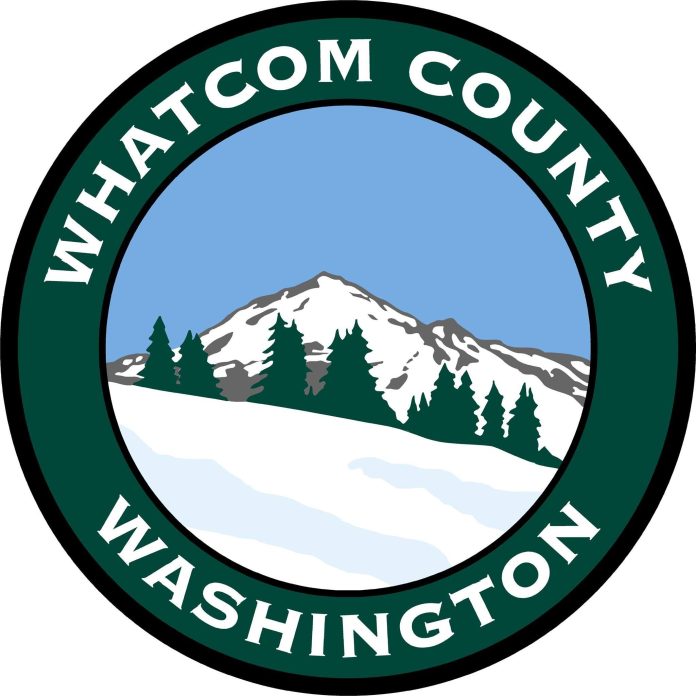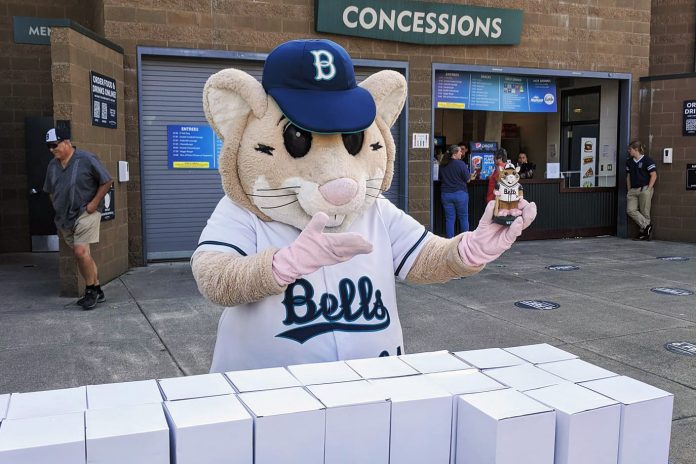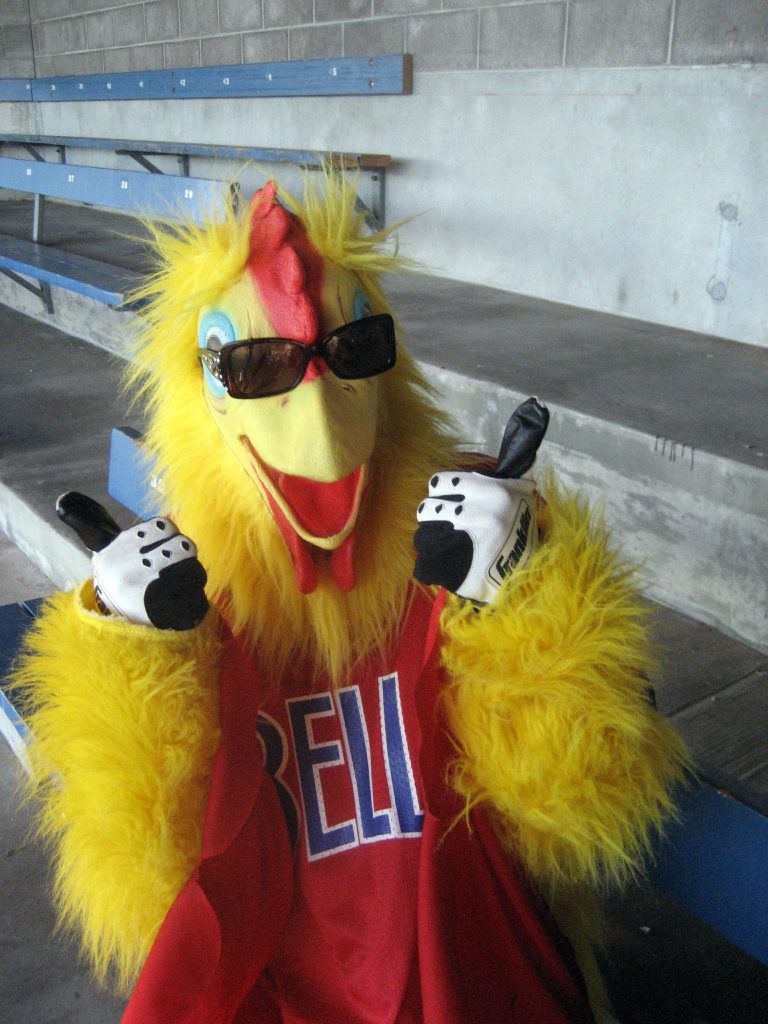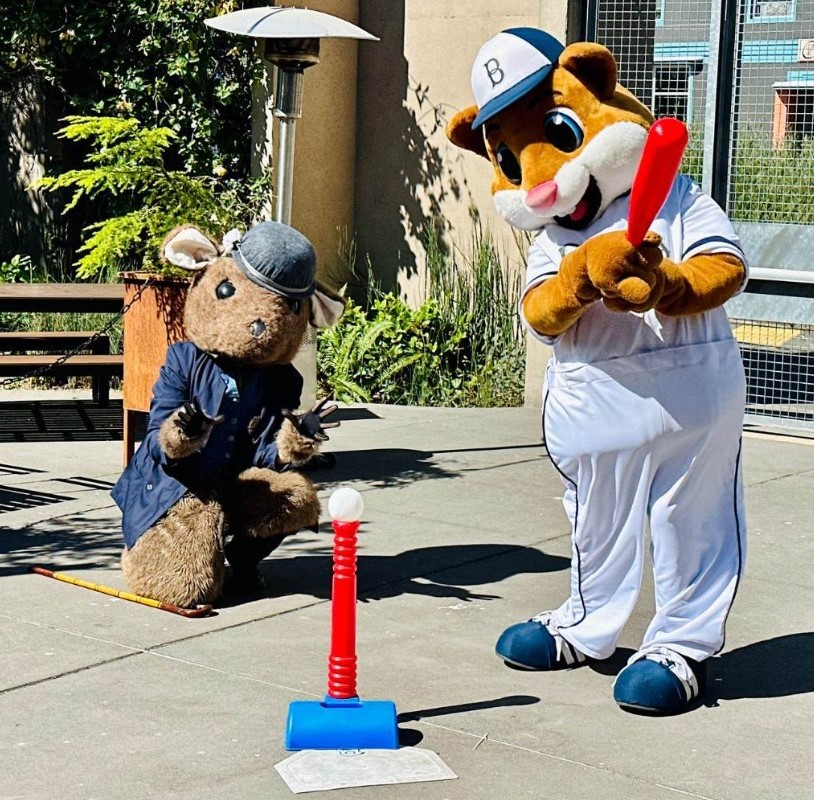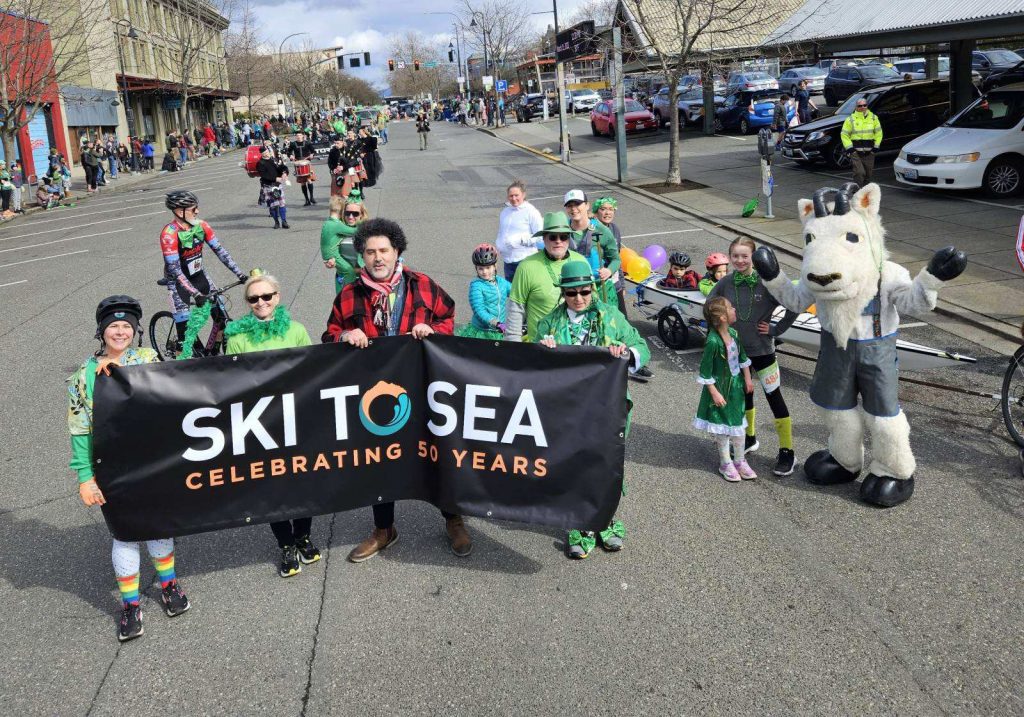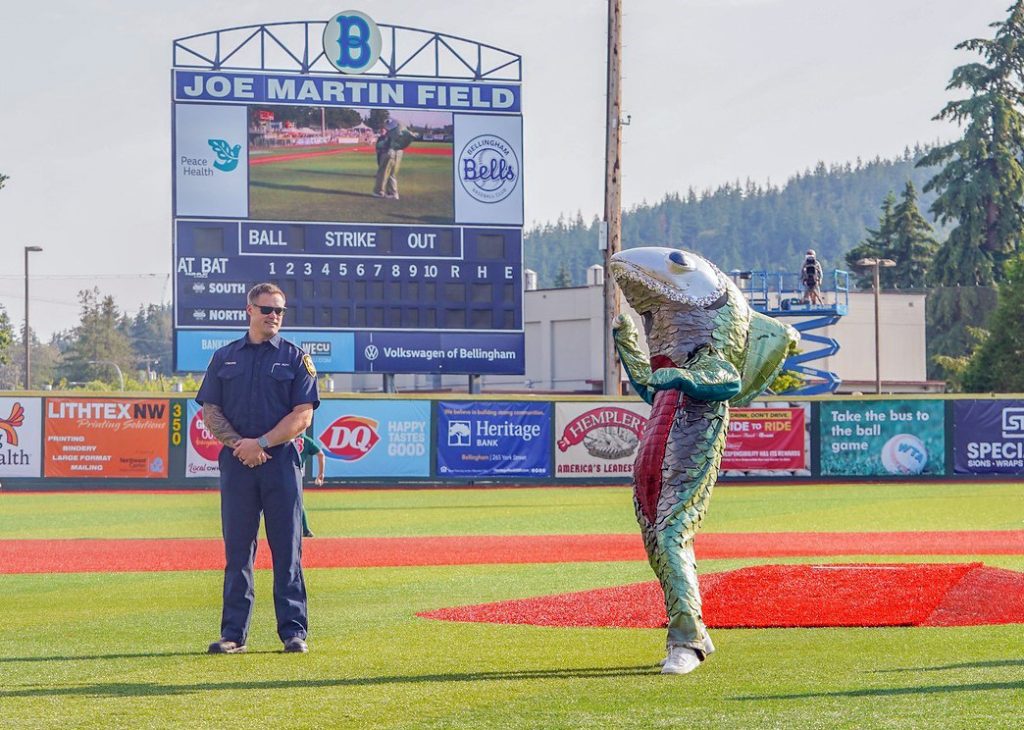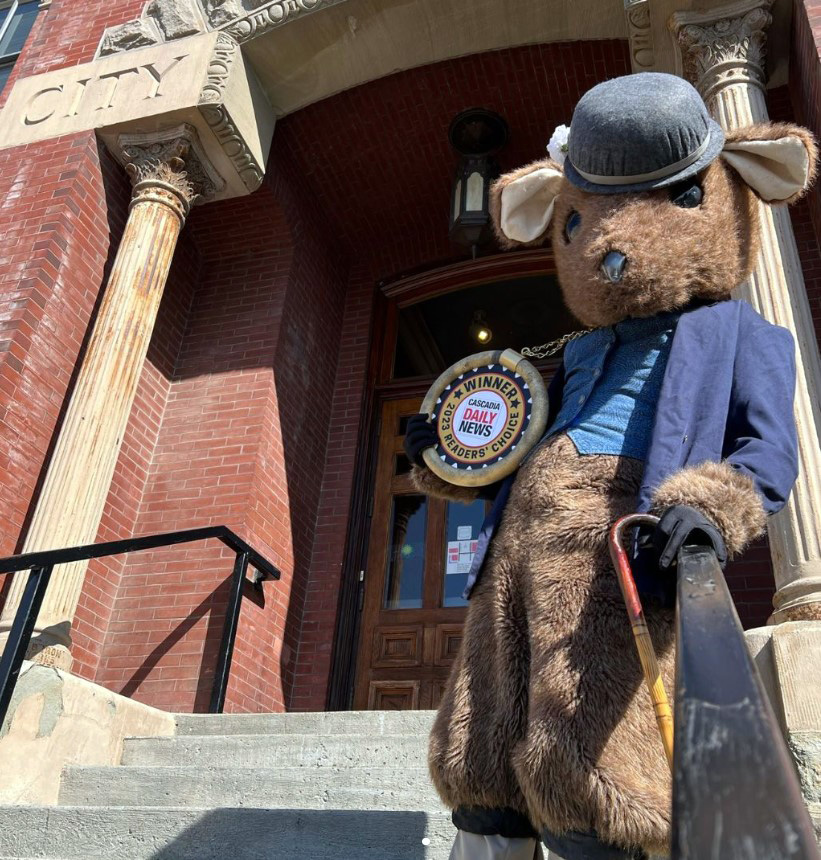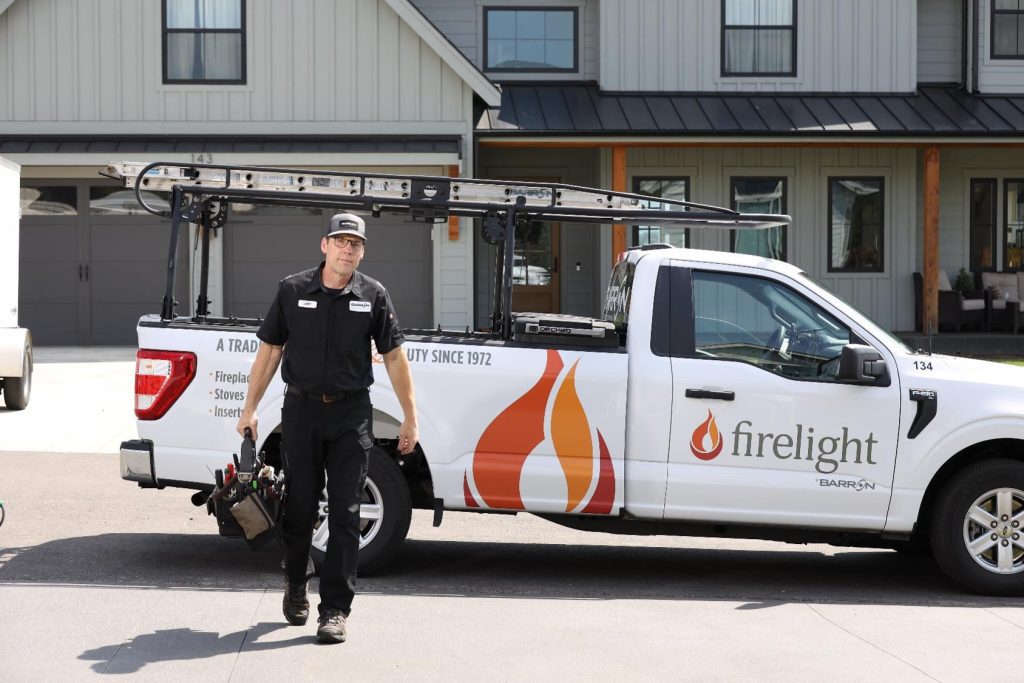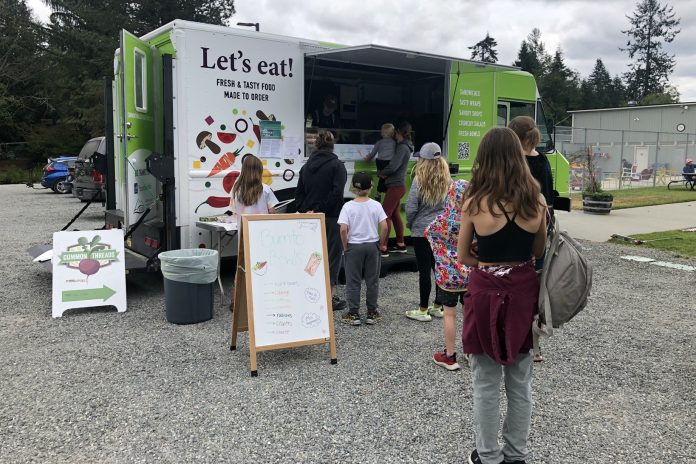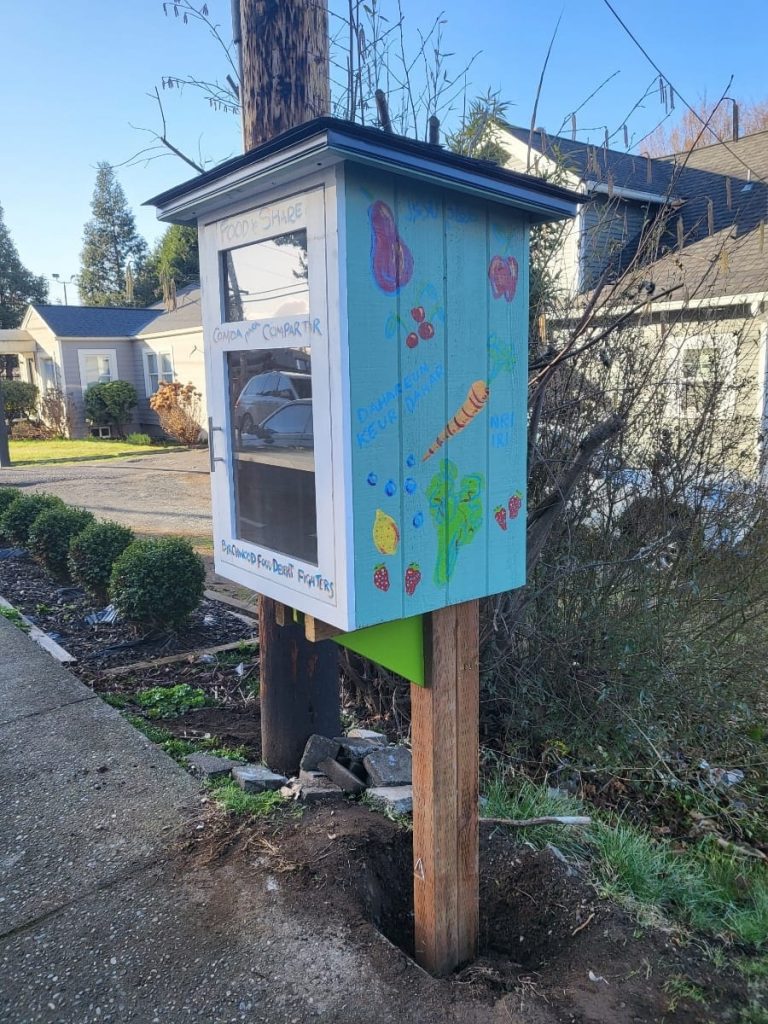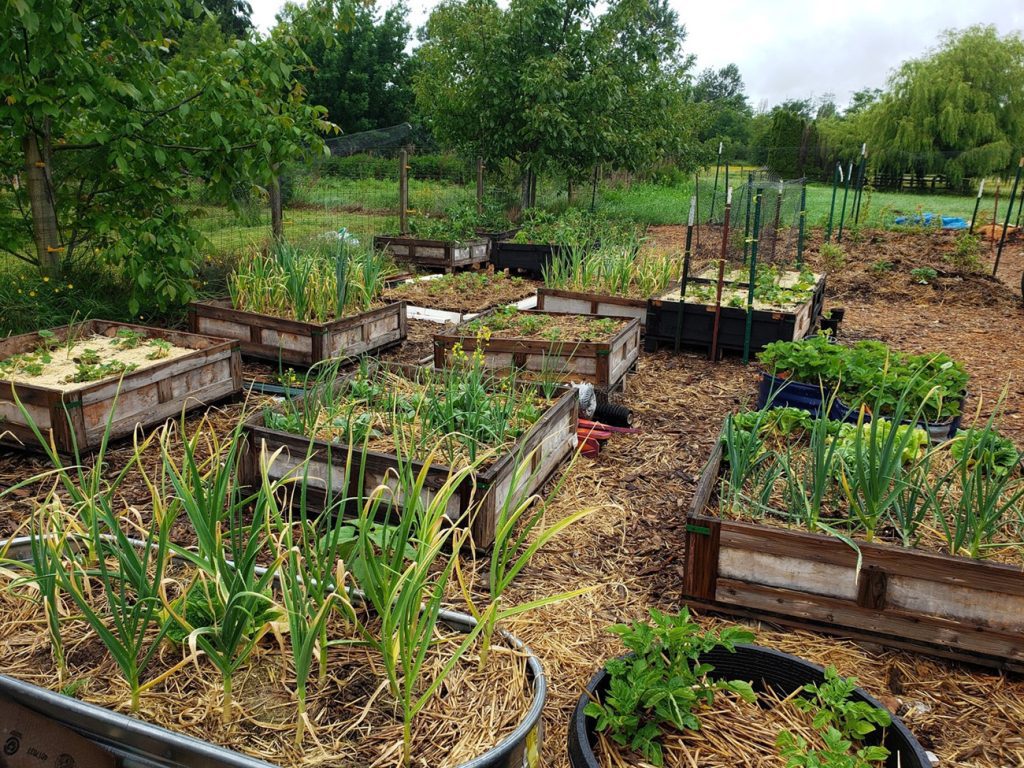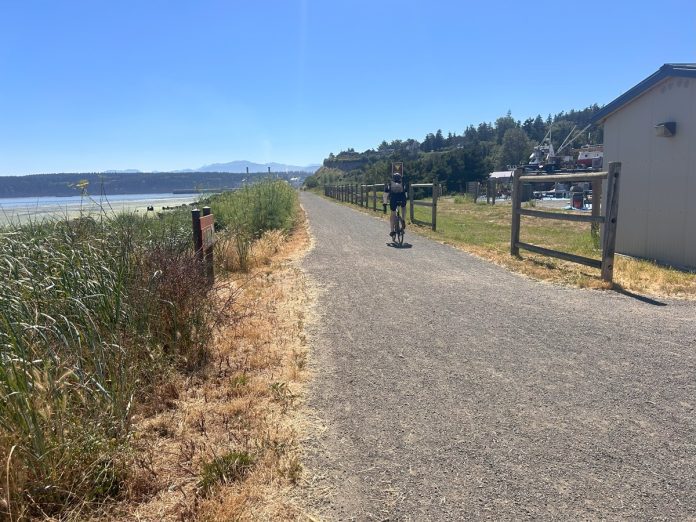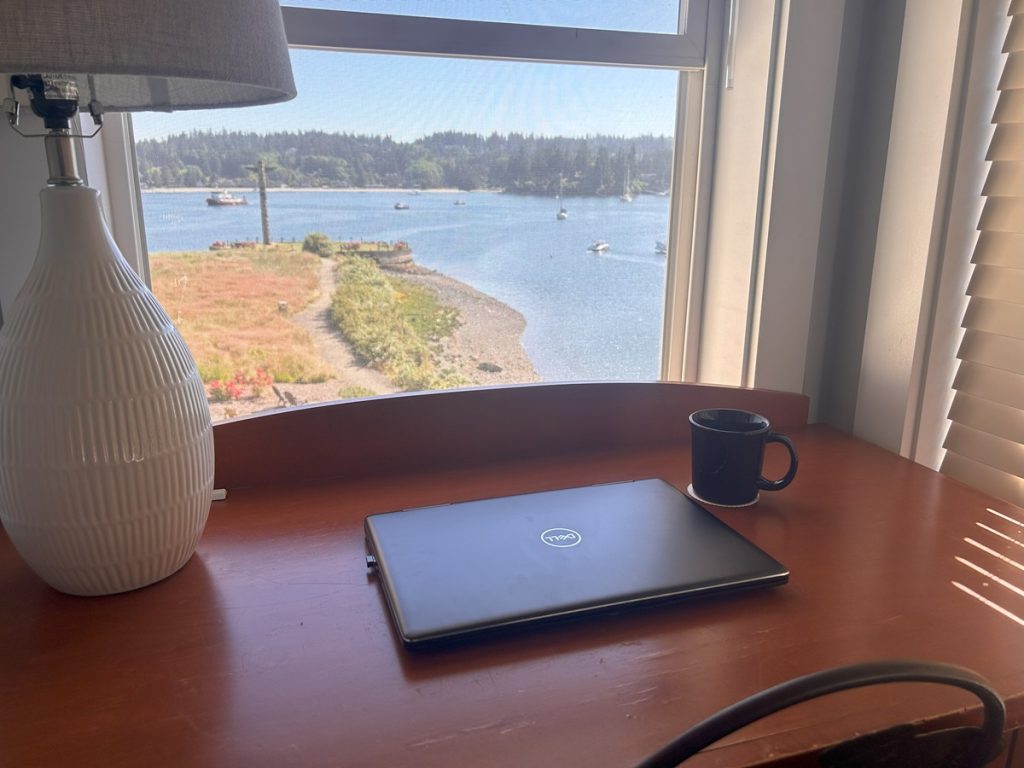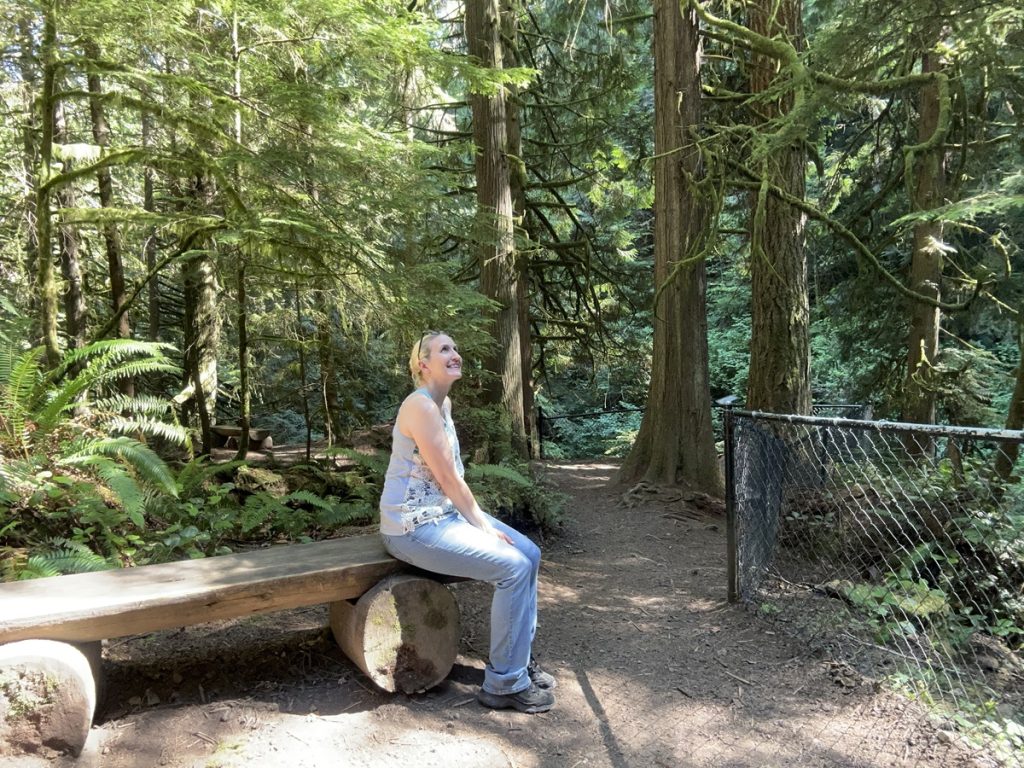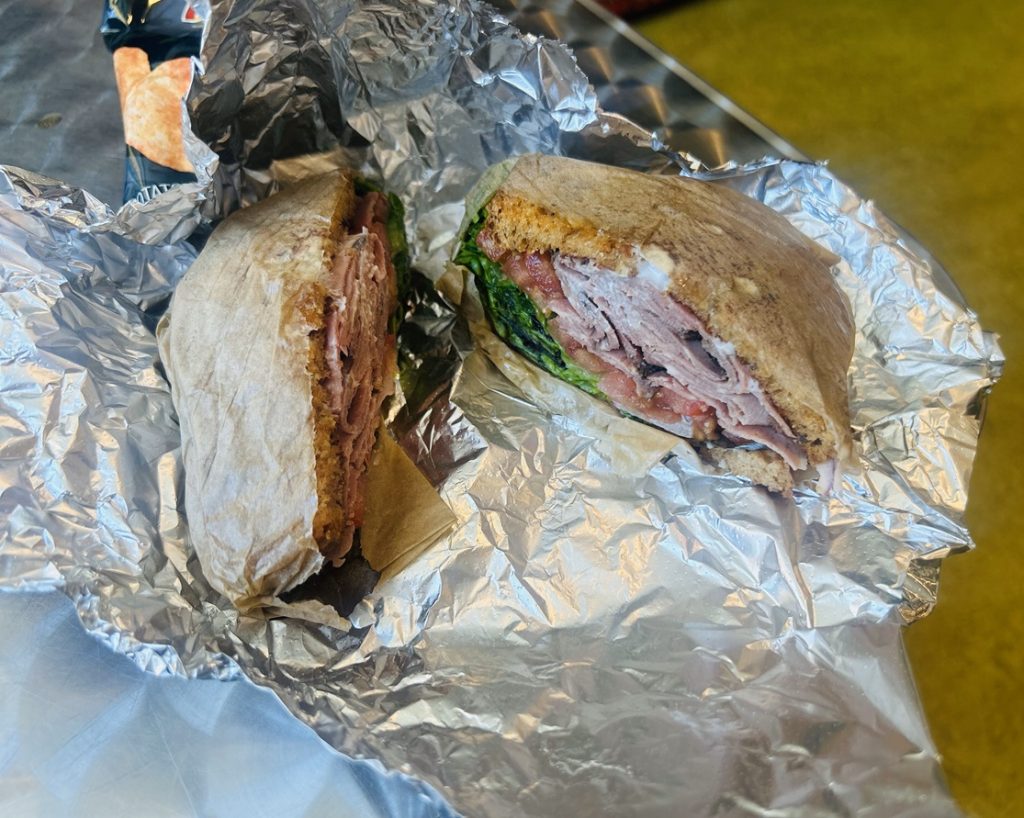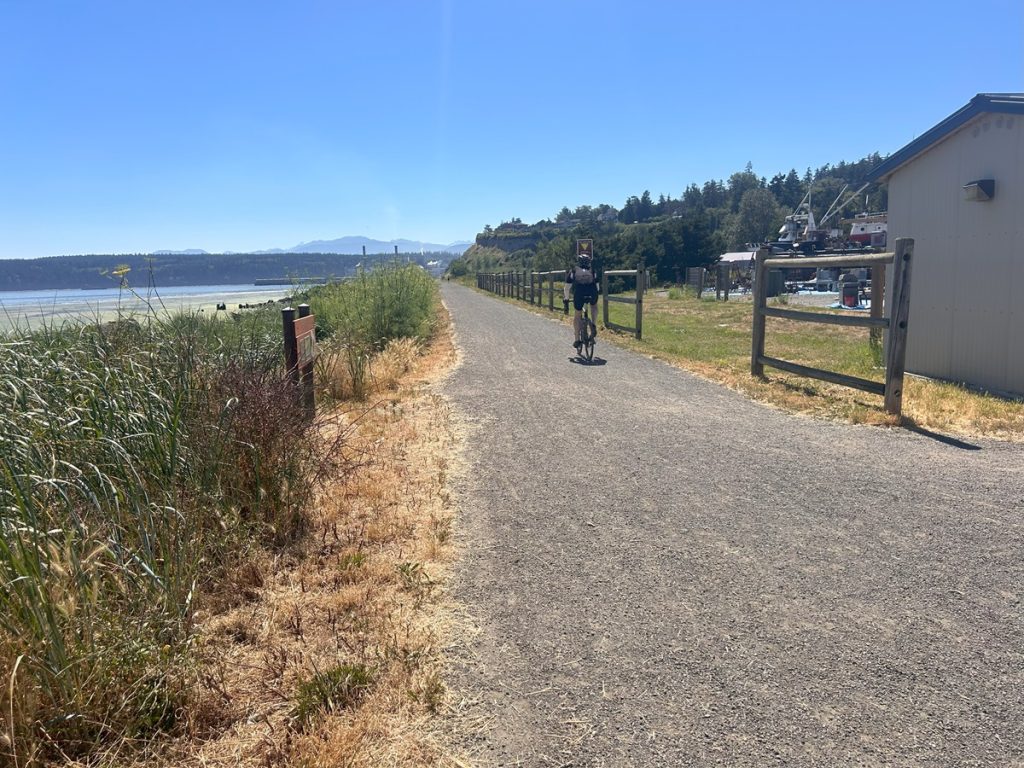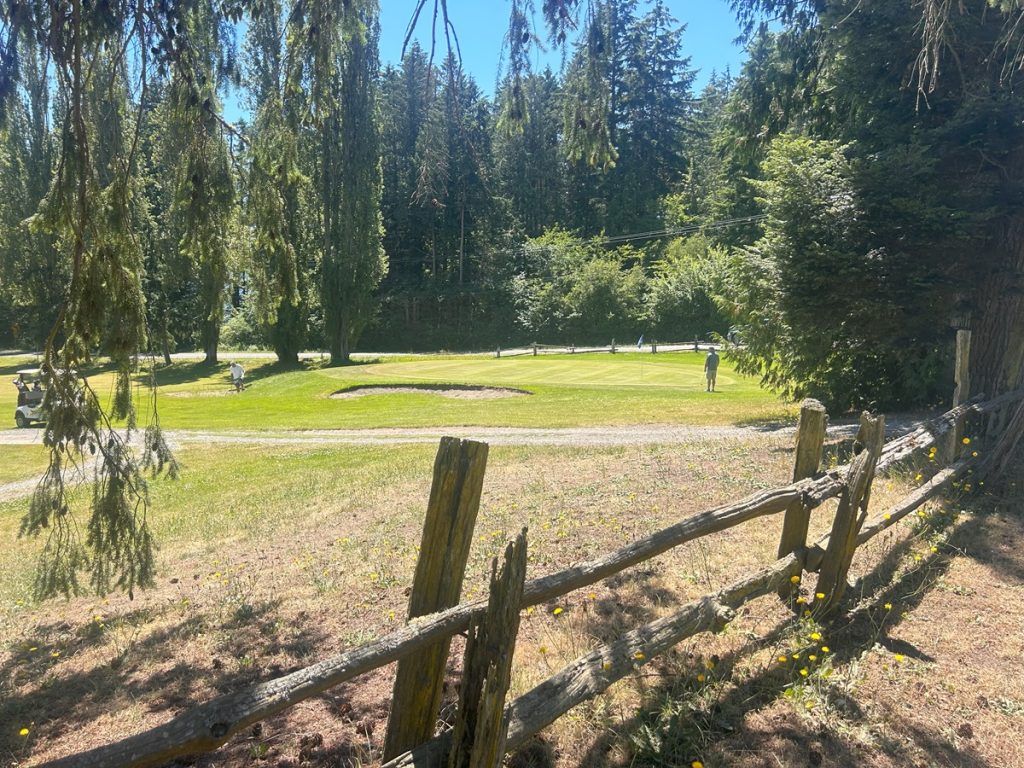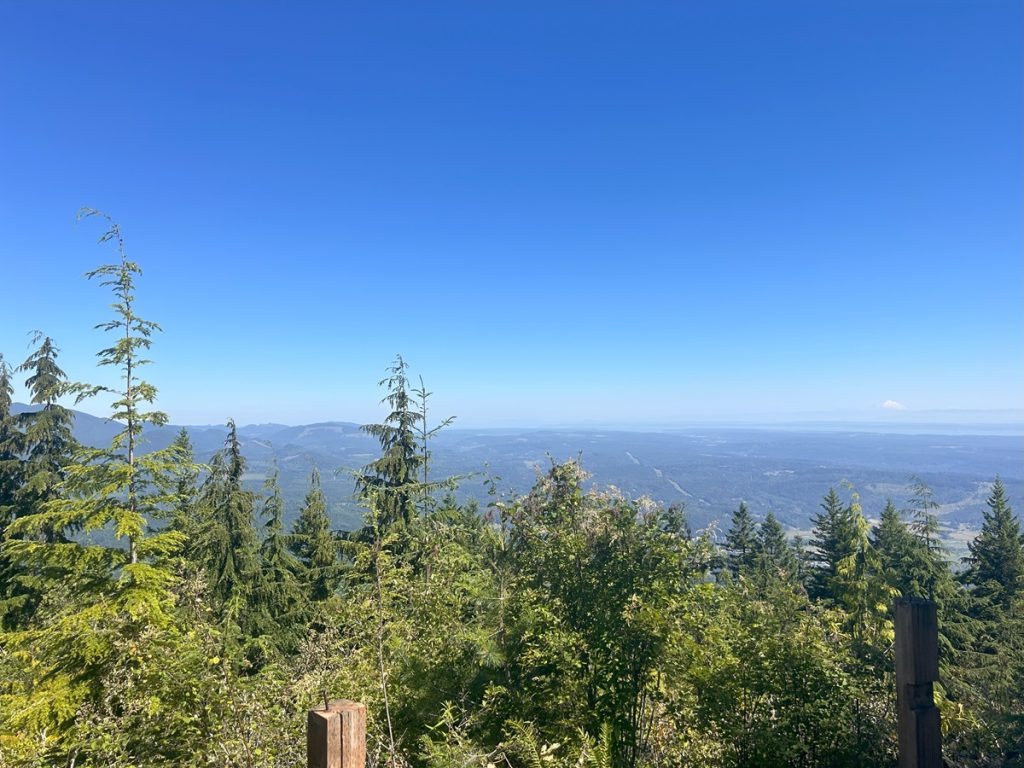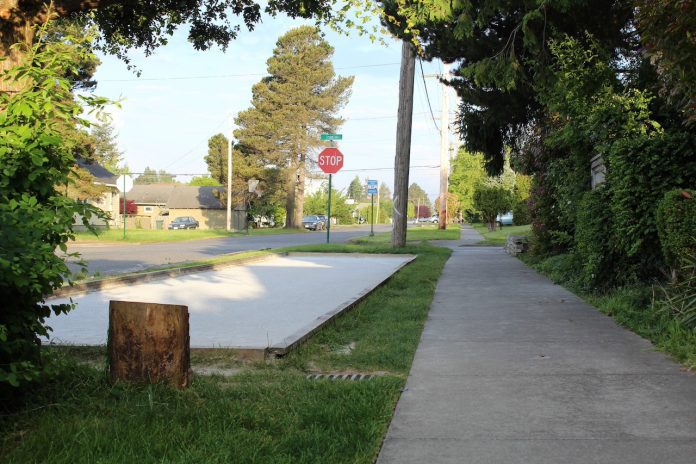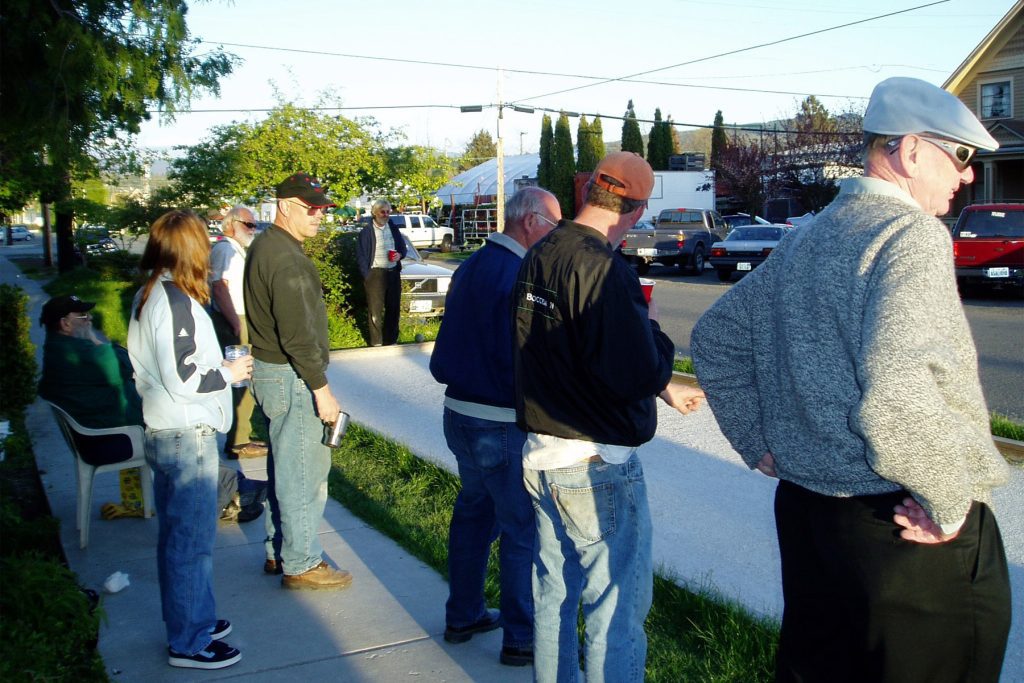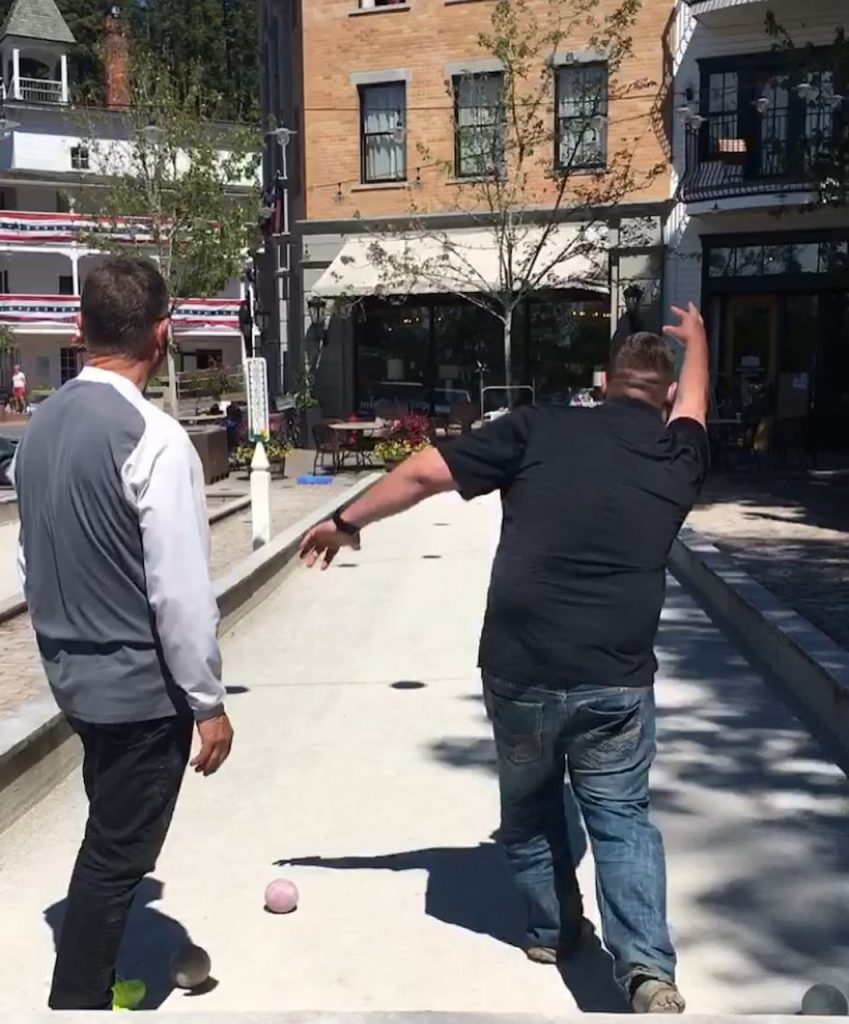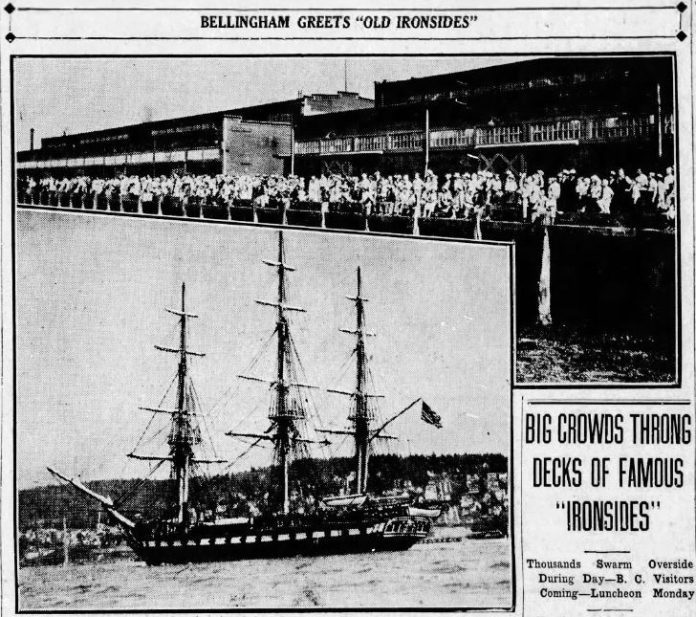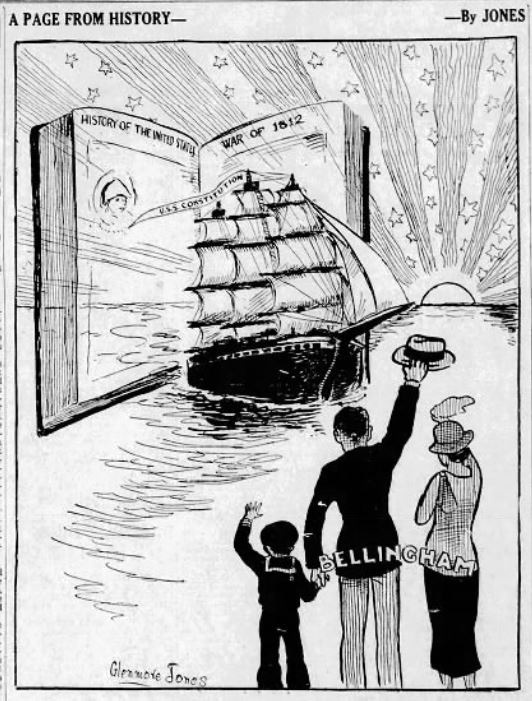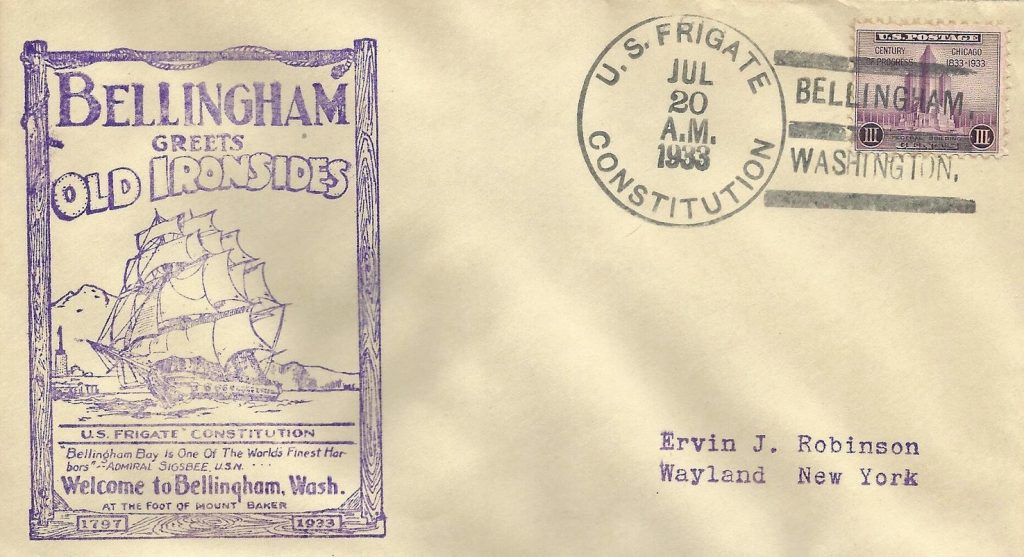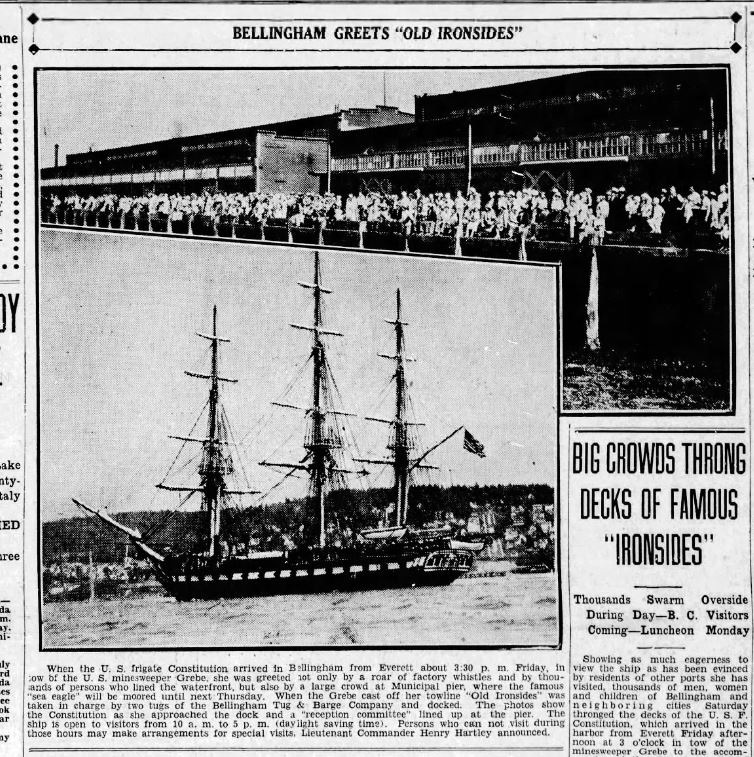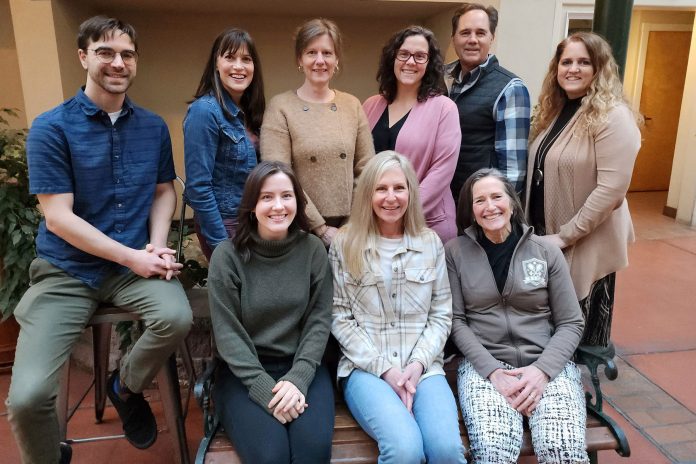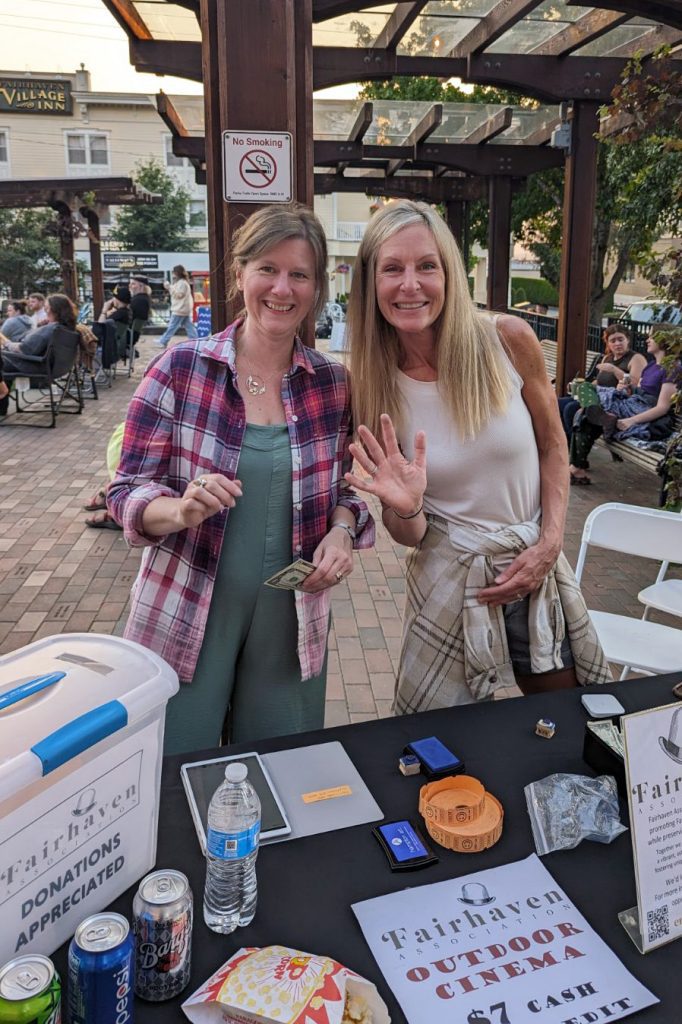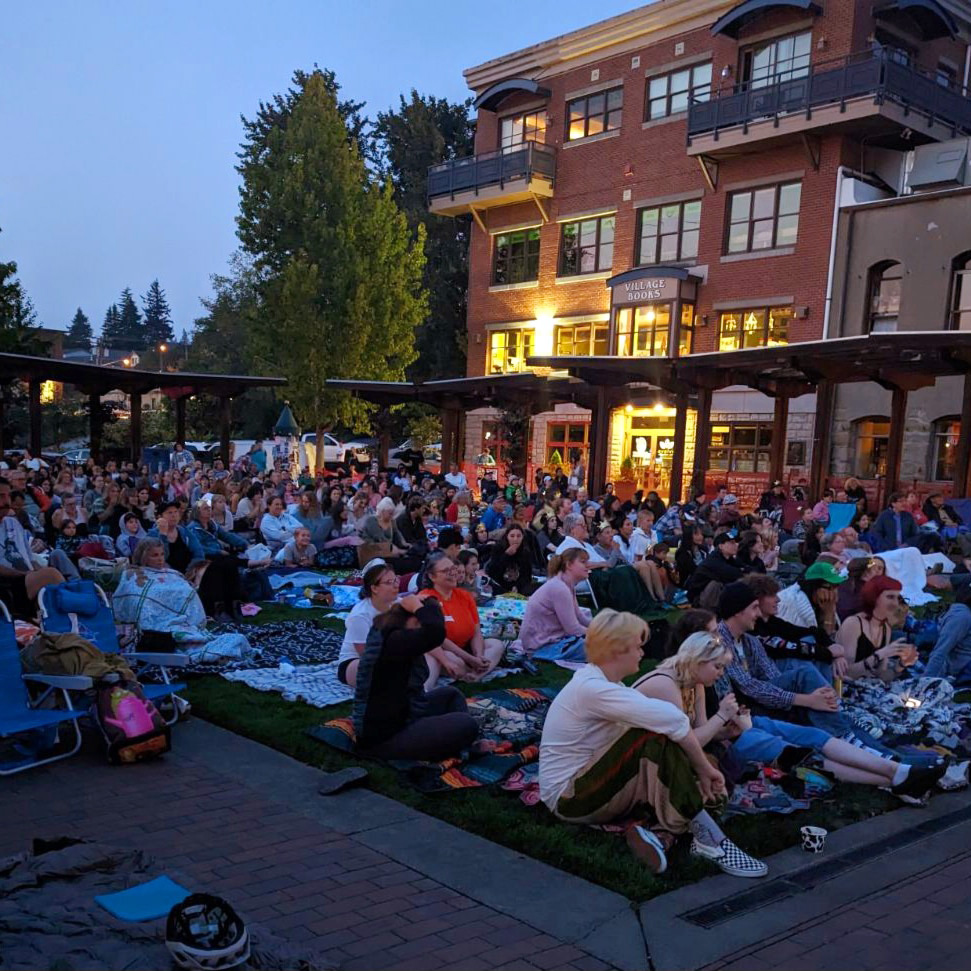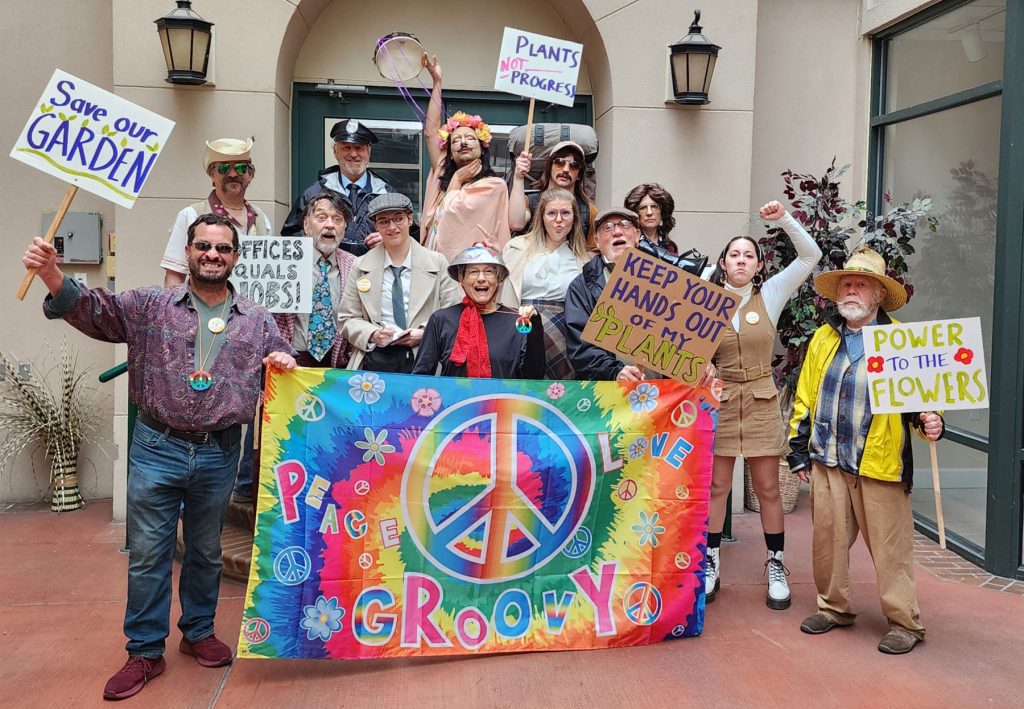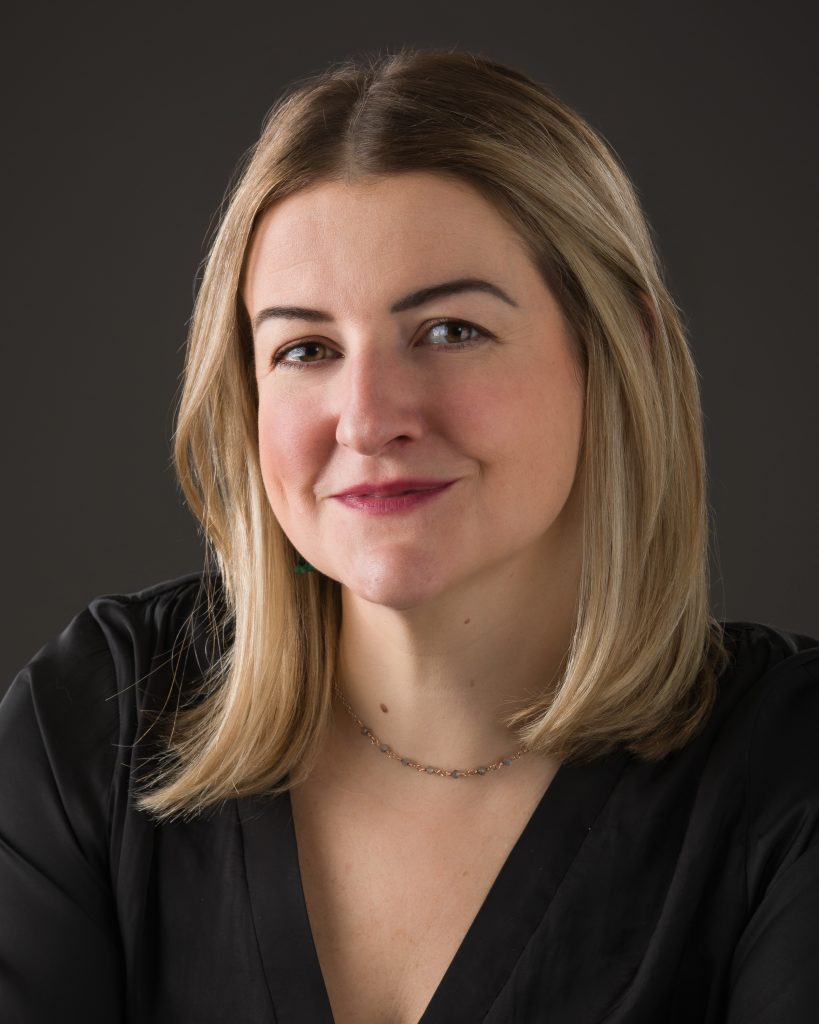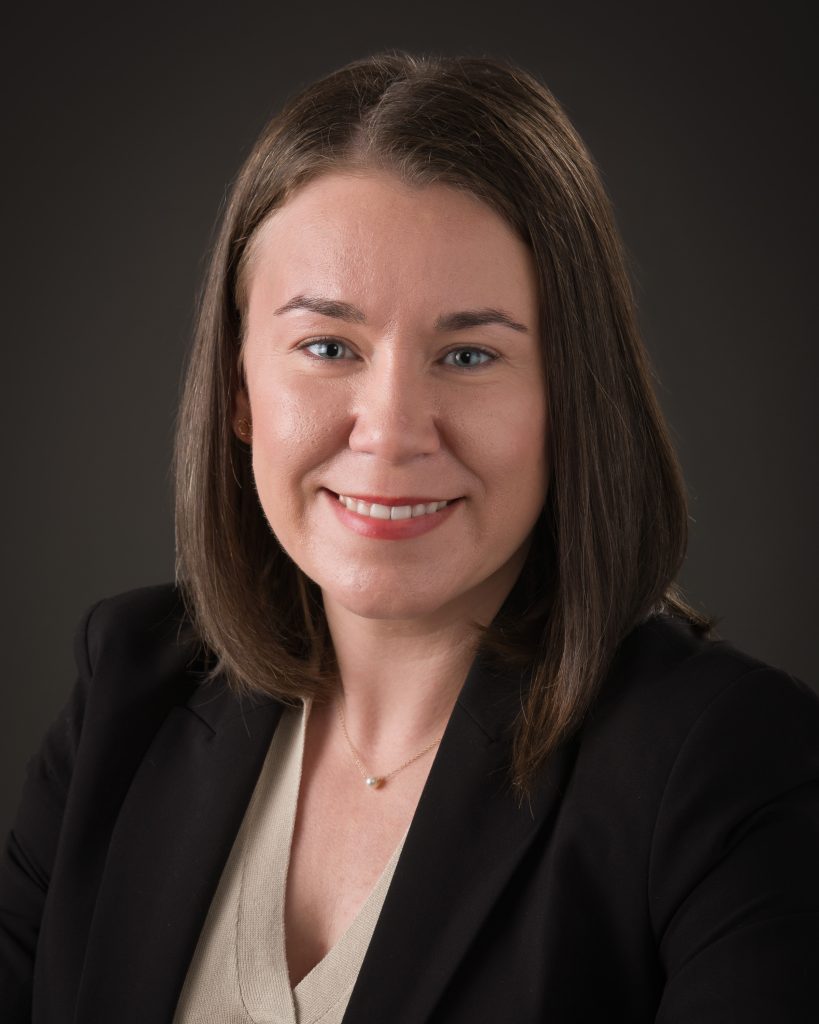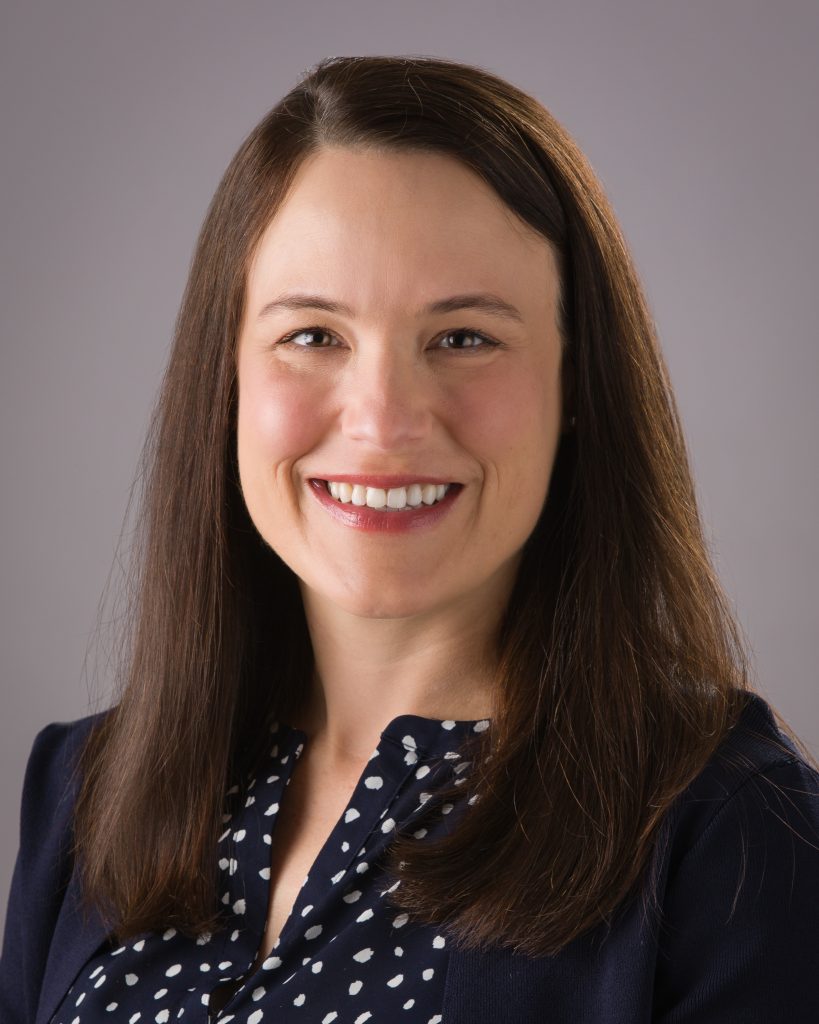Submitted by Whatcom County Health and Community Services
Whatcom County Health and Community Services, in coordination with the Opportunity Council, has published a new comprehensive look at homelessness and housing instability in Whatcom County. This year’s comprehensive analysis uses data from the Point in Time Count (PITC) but also makes use of additional information from other sources.
Key findings include:
- Overall, the state of homelessness remained about the same from 2023 to 2024.
- Housing programs are successfully finding homes for the unhoused, but additional people are becoming homeless as fast as the system can find available homes for them.
- The most common reason reported for someone’s homelessness was a lack of affordable housing.
- More than half of all Whatcom County renters are cost-burdened, meaning they spend thirty percent or more of their income on housing costs. This makes it harder for them to create an emergency fund. They are at higher risk of becoming homeless when a medical bill, job loss, or other unexpected expense makes them unable to pay rent.
“There were more referrals to permanent housing programs in 2023 than any year in the past, but we also had a record-high number of households seeking services,” said Chris D’Onofrio, Housing Program Supervisor at Whatcom County Health and Community Services. “Only about one in five eligible households actually got a housing referral last year because of the lack of appropriate and affordable housing in our community. There are a lot of folks out there who we haven’t been able to help.”
The majority of people who access the homeless crisis response system need some level of supportive services in addition to housing because they’re dealing with underlying issues such as domestic violence, complex medical problems, substance use, or mental health challenges. This often looks like service-rich interventions to create long-term sustainability, like rapid re-housing or permanent supportive housing. For others, they just need a place they can afford.
The demand for homelessness prevention services in Whatcom County has grown in recent years and exceeds the current resources available. Households are routinely denied prevention assistance despite being eligible because there is not enough dedicated funding to provide services to all those who qualify.
“So, on the one hand, we’re doing more than we ever have, and that’s worth celebrating; but at the same time, we’re falling well short of where we need to be to see homelessness decrease across the county,” said D’Onofrio. “Over a thousand households sought services in each of the last two years. That’s one out of every one hundred households in the county. It’s a huge number, and unless we can decrease it in the years to come by getting upstream and addressing the causes of homelessness, we’re going to have a difficult time decreasing homelessness at the community level.”
Upstream prevention solutions include rent subsidies and services dedicated to homeless prevention, access to healthcare, and mental health treatment that will help reduce the rate of individuals and families becoming homeless. Creating more housing of all types, including housing that is affordable to low and very-low income individuals and families is the number one way to address the homelessness crisis by ensuring that everyone has a safe, affordable place to live and that their basic needs are met.
A New Way to Report Data
In previous years, WCHCS and the Opportunity Council created a report based on the annual Point in Time Count (PITC). The PITC has long been recognized as an undercount locally and across the nation, but it has some benefits. The count is useful for tracking trends over time, general demographics, and data on people using shelters because shelter operators are well trained in administering the PITC.
“The Point in Time Count is not the best tool we have this year to measure unsheltered homelessness because of the inherent difficulty in finding people who are sleeping outside and may not want to be found,” said Jake Brandvold, Epidemiologist for Whatcom County Health and Community Services. “There was less participation in this year’s annual survey than we typically see from those sleeping outside, and the PITC methodology only considers certain types of people homeless.”
The PITC does not consider everyone without a permanent address as homeless. For example, a homeless person who paid for their own hotel room that night would not be considered homeless by this definition, but a homeless person whose hotel stay was paid for by a shelter provider would be counted as homeless. It doesn’t include people who are ‘doubled up’ or ‘couch surfing’ as homeless, either.
This year’s snapshot on homelessness uses Housing Pool data to estimate and describe unsheltered homelessness. Outreach teams gather Housing Pool information by building relationships with the unhoused population and maintaining contact with them over time. Because the Housing Pool is maintained over time and includes all individuals seeking services, it is considered a more reliable data source for unsheltered homeless people.
Next Steps
The homeless crisis response system and accompanying services in Whatcom County make a meaningful difference in the community. However, the services offered are failing to get ahead of demand. Further investment is needed to expand services that will meet the long-term housing needs of Whatcom County’s unhoused community, especially the creation of new service-enriched shelter beds and new permanent, affordable housing opportunities for people who have endured homelessness.
This year and next, the Whatcom County Coalition to End Homelessness will update its five-year strategic plan to end homelessness in Whatcom County. Key focus areas will be sheltering and affordable housing. Contact the Whatcom Homeless Service Center at 360-734-5121 x1131 to learn more about the coalition.
For More Information
- See our 2024 infographic
- Read our full report
- Read the statewide annual Point in Time Count results from the Washington State Department of Commerce.






